3 Days and 2 Nights
Daily Tour
Unlimited
English
About this tour
Highlights
- Historic seat of Nepalese royalty
- Panoramic views of the Kathmandu Valley
- World Heritage Sites in the Kathmandu Valley with a guide
- Exploration of the local culture in depth
- On top of a hill, visit Swayanbhunath, or the Monkey Temple
- Explore one of the biggest Buddhist stupas in the world, Boudhanath
- Discover the famous Hindu temple of Pashupatinath, which is devoted to Lord Shiva
- Yoga is a great way to rejuvenate
- The best hotel in Nepal offers comfortable accommodation
Included/Excluded
- Tourist vehicles are used for all domestic and international transfers
- Easy ground transportation with a private tour vehicles
- Get a private tour vehicles and an experienced guide to explore the Kathmandu Valley
- An official English-speaking guide for the Base Camp excursion
- Taxes and permits for parks, temples, monasteries, and other cultural sites that are all inclusive
- Complete employee benefits, including pay, housing, food, equipment, insurance, and prescription drugs
- Get a completion certificate for your Base Camp excursion
- During the journey, take pleasure in two revitalizing yoga classes
- Enjoy a special farewell supper on the final night to truly cap off your time in Nepal
- Items not included in the itinerary and personal expenses
- Flights abroad
- Travel insurance (not including staff, which is provided)
- Extra services or activities not included in the tour itinerary
Itinerary
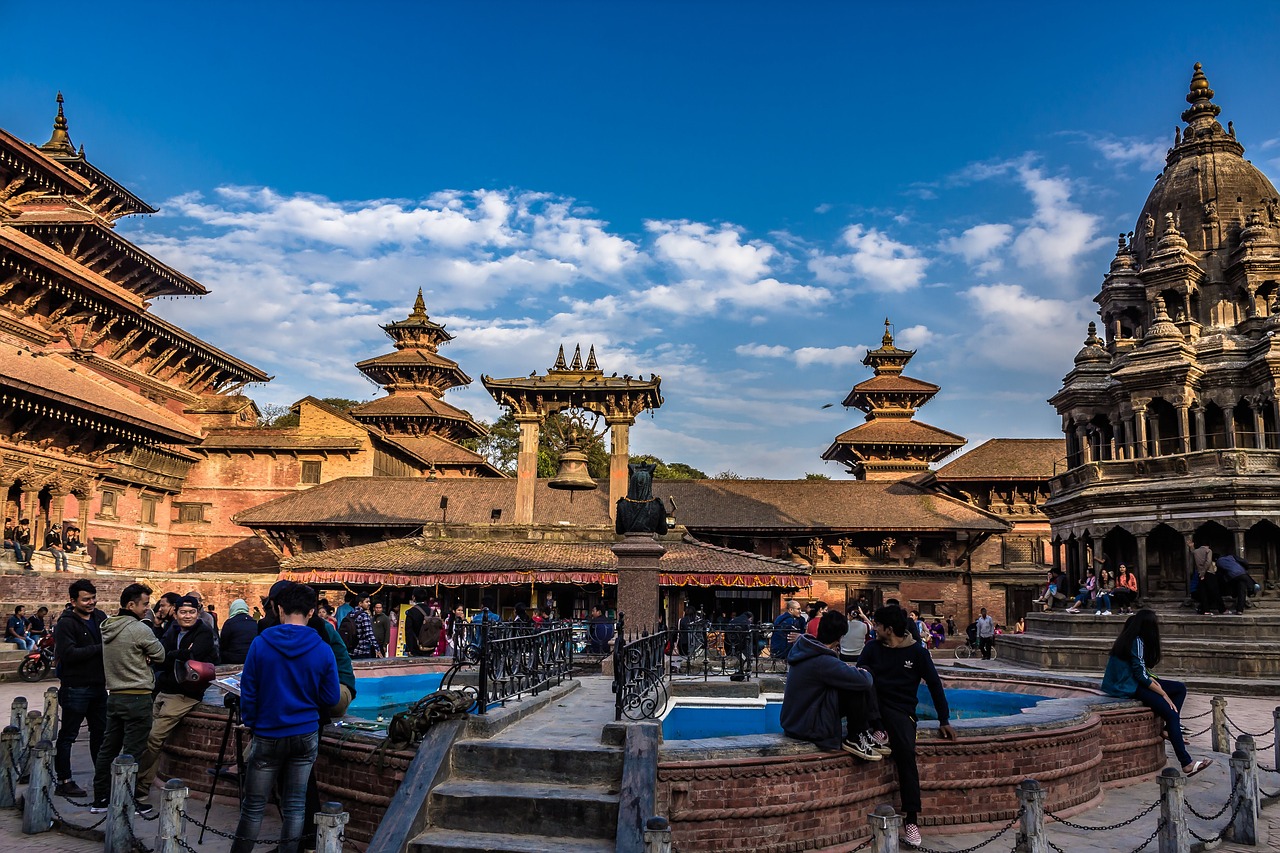
Upon your arrival at Tribhuvan International Airport in Kathmandu (1,400 m), our team will greet you and ensure a comfortable transfer to your hotel. Relax and settle in for an overnight stay at the hotel, preparing for the adventures ahead.
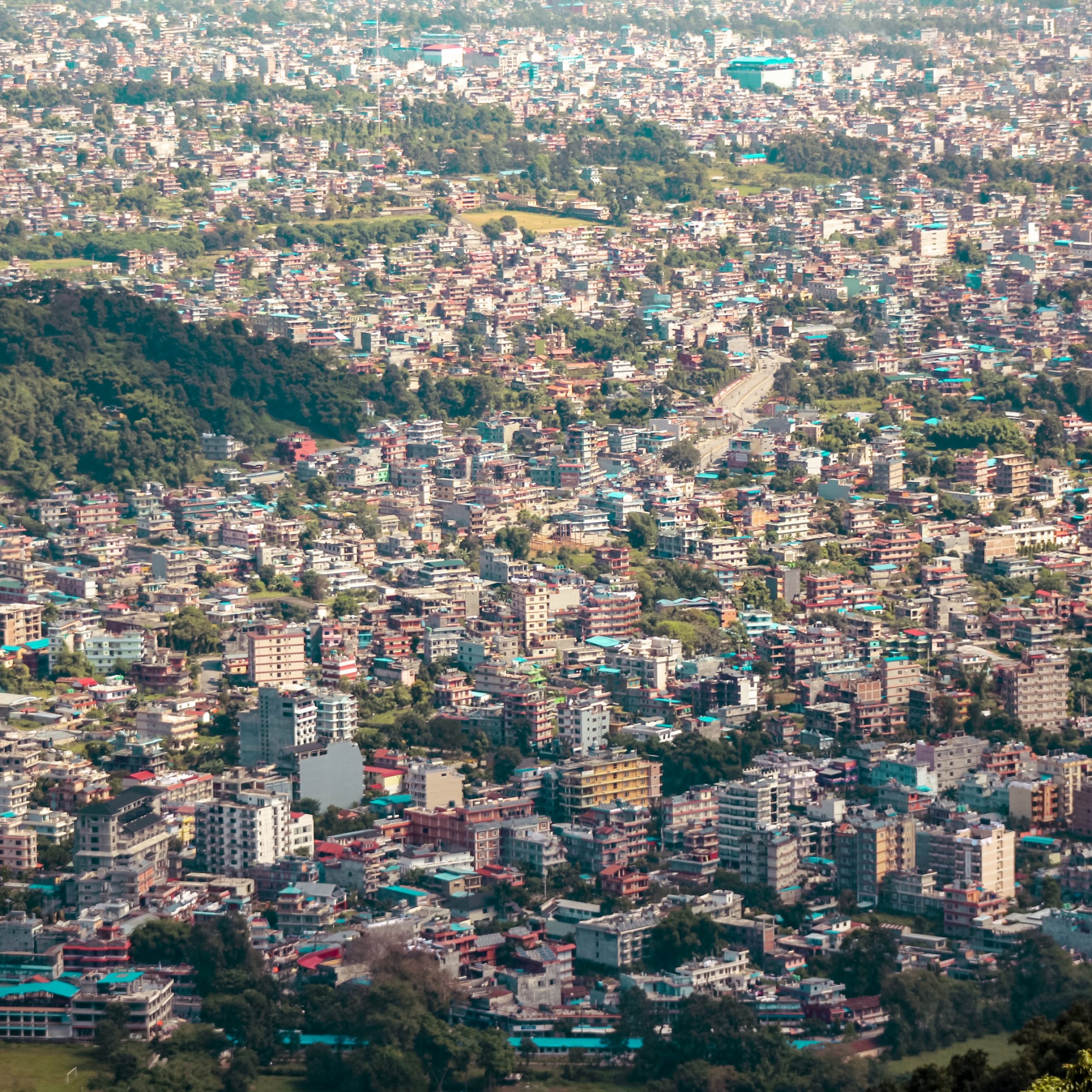
Embark on a guided sightseeing tour that covers the cultural and historical gems of Kathmandu. Explore Kathmandu Durbar Square, Swoyambhunath (Monkey Temple), Patan Durbar Square, Pashupatinath Temple, and Boudhanath Stupa. Each site holds its own significance and history, providing you with a rich cultural experience. After a day filled with exploration, return to your hotel for an overnight stay.
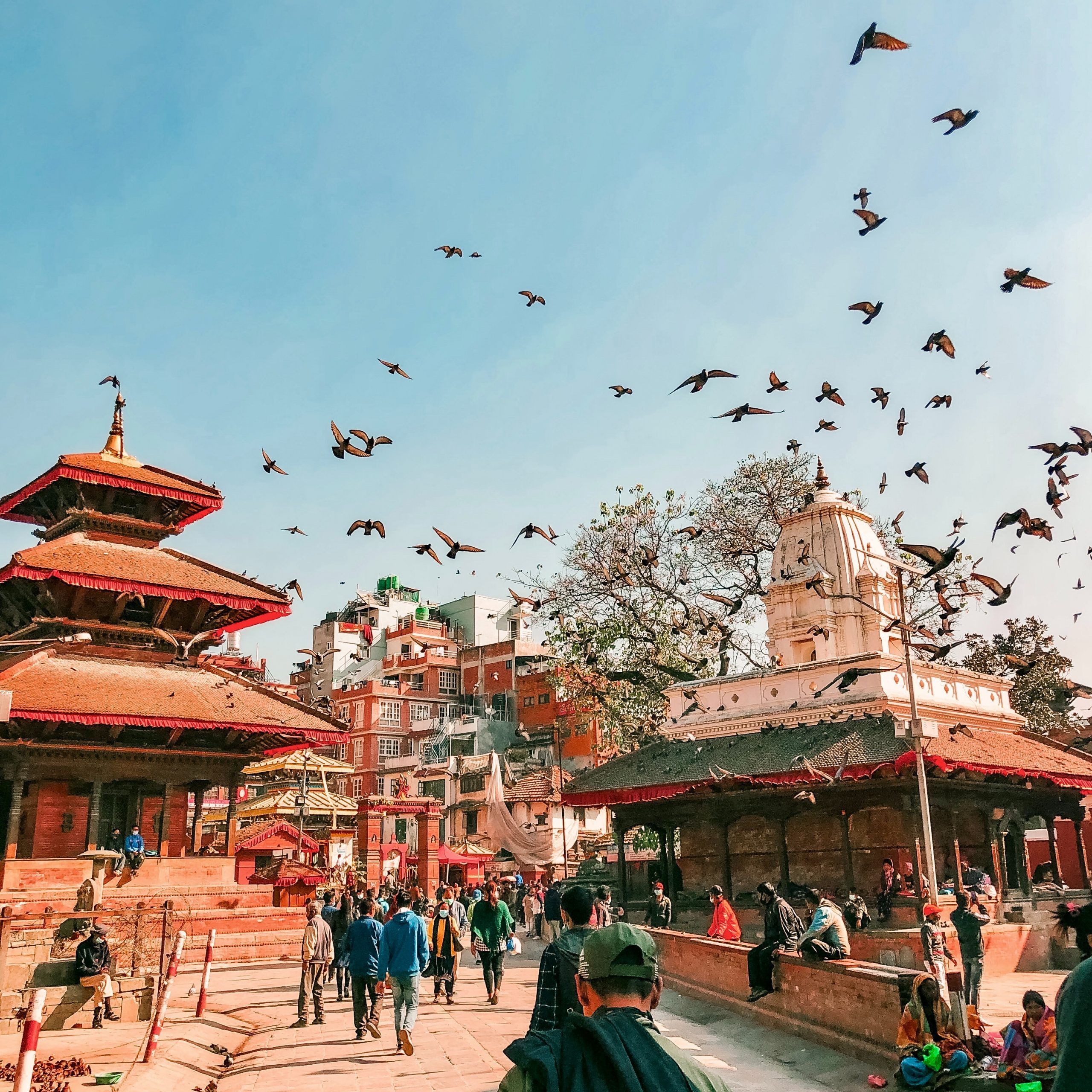
On your last day, our team will facilitate your transfer to Tribhuvan International Airport for your final departure. Reflect on the captivating experiences and memories gathered during your short but enriching visit to the culturally vibrant Kathmandu. Depart with a deeper appreciation for the history and heritage that defines this enchanting city.
Durations
Languages
Frequently asked questions
Getting from the airport to your accommodation is seamlessly arranged as part of tour services. Upon your arrival, our team will meet you at the airport and ensure you are comfortably transferred to your designated accommodation. We provide convenient and private airport transfers using tourist vehicles, ensuring a smooth and stress-free start to your Kathmandu Heritage Tour. Rest assured, our priority is to make your arrival and transition to the tour as convenient and enjoyable as possible.
No, you won't incur any additional fees for entry to cultural sites during the Kathmandu Heritage Tour. The package includes all entry permits and fees for temples, parks, monasteries, and other cultural and historical sites specified in the itinerary. We aim to provide a comprehensive experience without any hidden costs, allowing you to fully immerse yourself in the rich cultural tapestry of Kathmandu without worrying about additional entrance fees. Enjoy the exploration of these iconic sites as part of the inclusive tour package.
Travel insurance is not included in the Kathmandu Heritage Tour package. It is advisable for participants to arrange their own travel insurance to ensure coverage for unforeseen events such as trip cancellations, medical emergencies, or travel disruptions. While comprehensive coverage, including wages, accommodation, meals, gear, insurance, and medications for staff, is provided as part of the tour, participants are responsible for securing their personal travel insurance for the duration of the trip. This ensures individual protection and peace of mind throughout the tour.
The guided city tour in Kathmandu is designed to be accessible to individuals of varying ages and fitness levels. Generally, there are no specific age restrictions, and the tour is crafted to accommodate participants with diverse physical abilities. However, it's essential to consider that some cultural sites may involve walking or climbing stairs. If you have specific concerns about mobility or fitness, please communicate these with our team during the booking process. We strive to make adjustments whenever possible to ensure everyone can enjoy the tour comfortably. Our guides are experienced in accommodating different needs and will make the necessary arrangements to make the city tour an enjoyable experience for all participants.
Absolutely! If you wish to extend your stay in Nepal beyond the scheduled tour dates, we are more than happy to assist you. During the booking process or before the tour begins, please inform our team about your desire to extend your stay. We can provide guidance on accommodation options, activities, and any additional arrangements you may need. Whether you want to explore more of the Kathmandu Valley, venture into other regions of Nepal, or simply enjoy some leisure time, we are here to help make the necessary arrangements to accommodate your preferences. Just let us know your plans, and we'll work towards ensuring a seamless and enjoyable extended stay in Nepal.
In the event of unforeseen circumstances affecting the tour, our team is well-prepared to handle various situations with the utmost consideration for the safety and well-being of our participants. Our response may vary depending on the nature of the circumstance, but our primary goal is to ensure the safety and comfort of everyone involved. Communication is key in such situations, and we will promptly inform participants of any necessary adjustments to the itinerary or changes in plans. This may include alternative arrangements, modifications to the schedule, or, in extreme cases, the cancellation or postponement of the tour. Rest assured, we prioritize the welfare of our participants, and our team is equipped to navigate unexpected challenges with professionalism and efficiency. If you have specific concerns about potential disruptions or need more information about our contingency plans, feel free to contact our team for further clarification. Your safety and satisfaction are our top priorities.

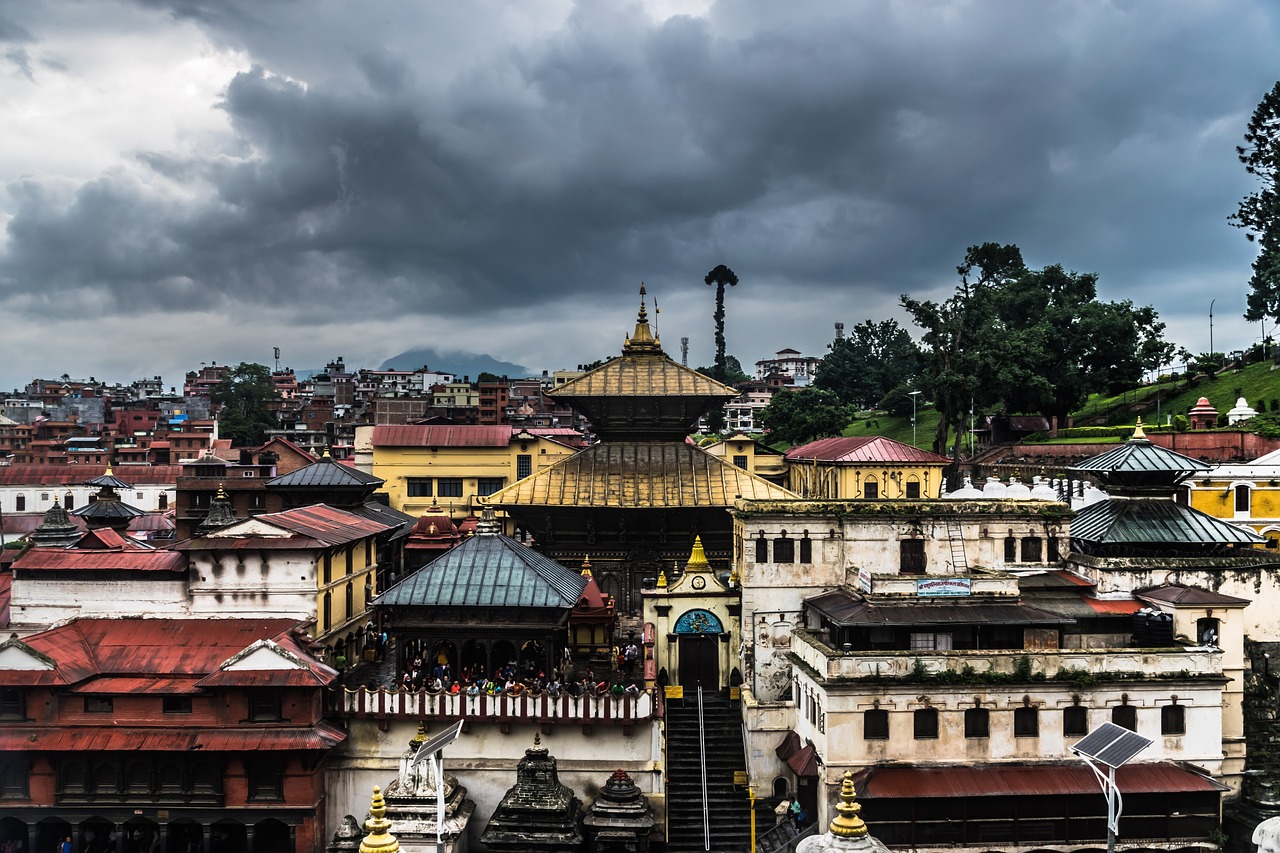
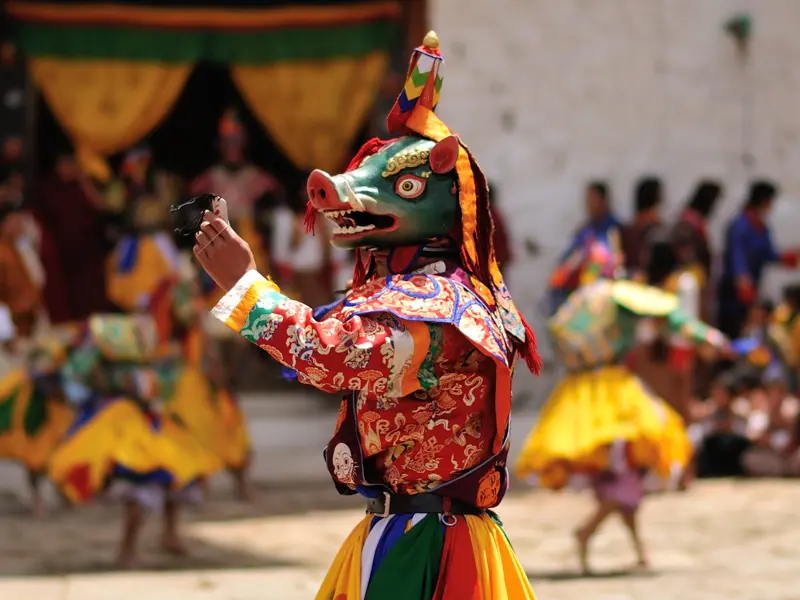

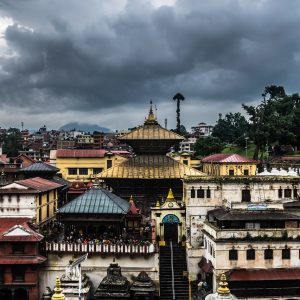
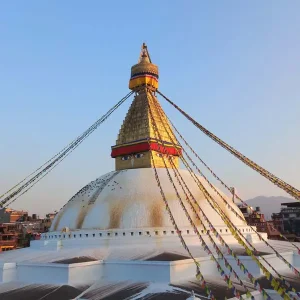
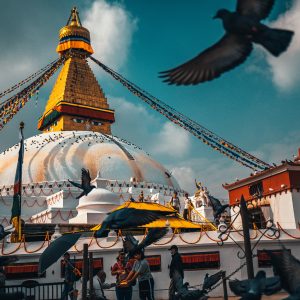
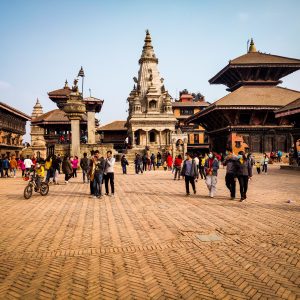
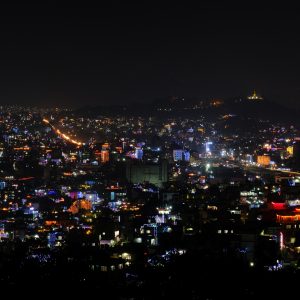
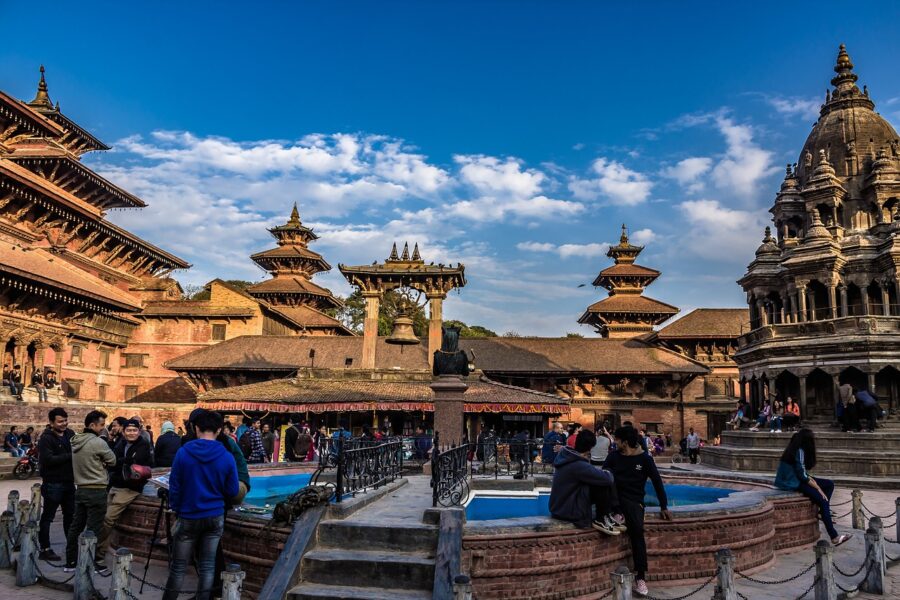
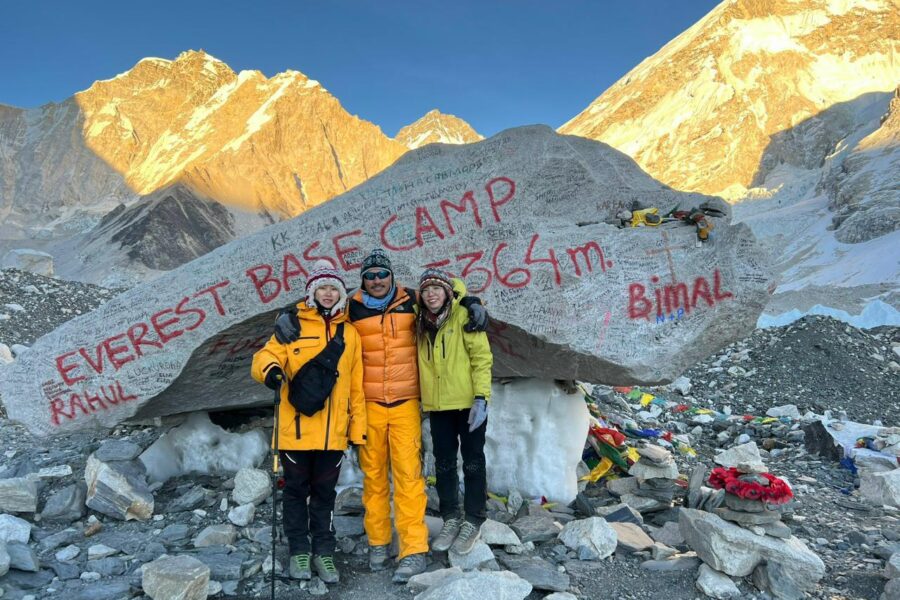
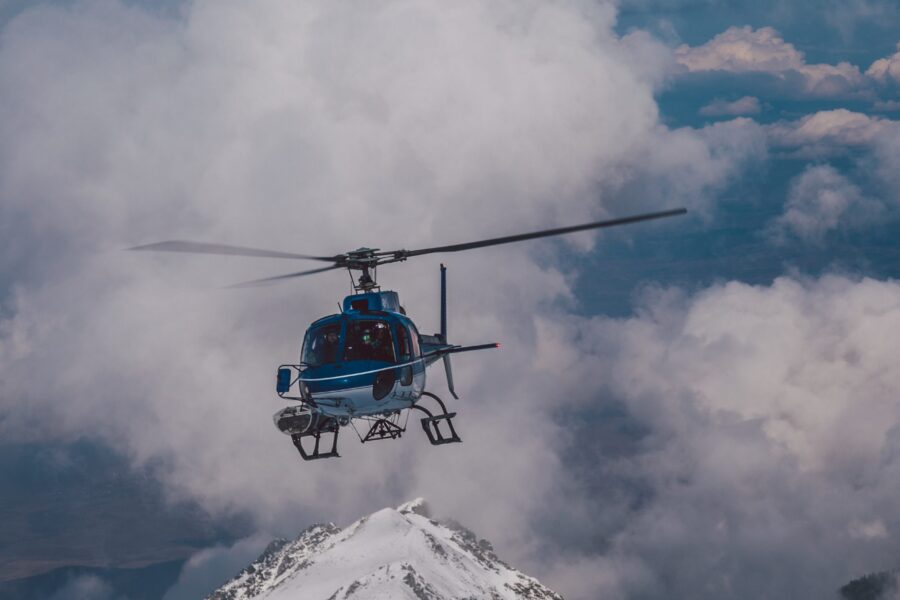
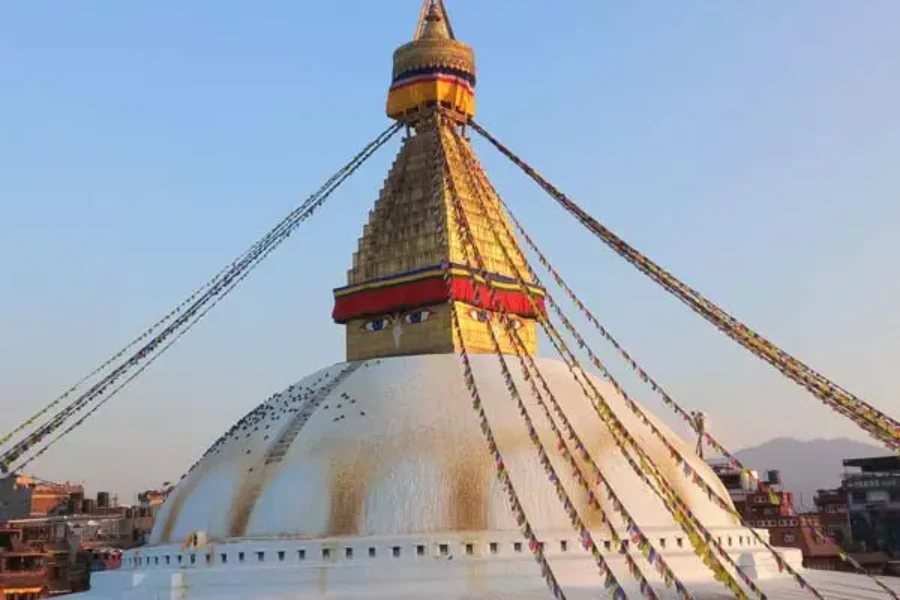

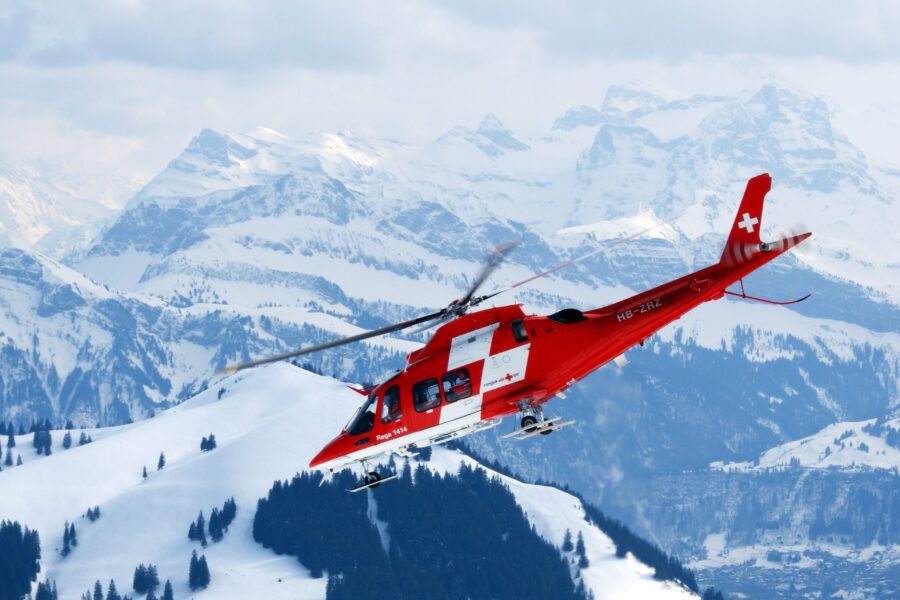
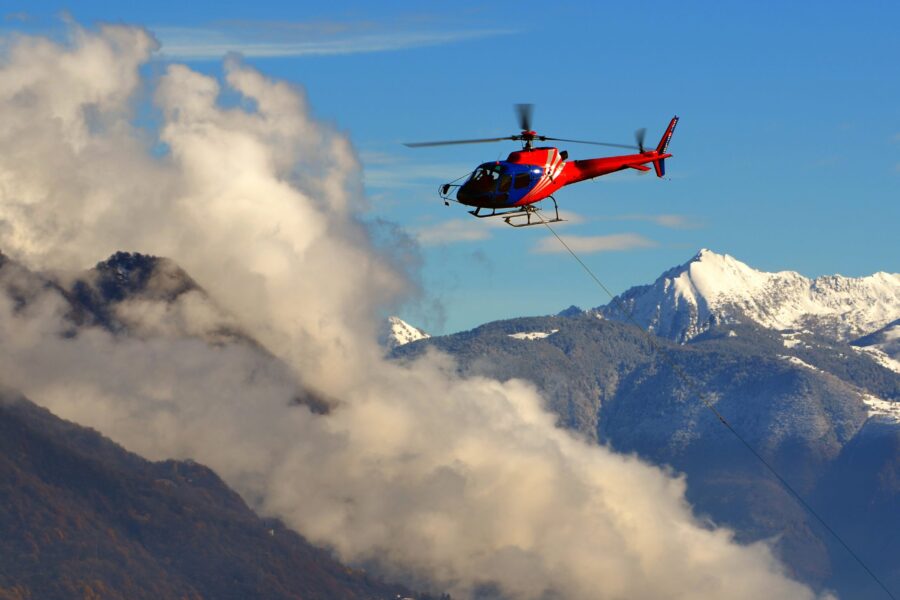
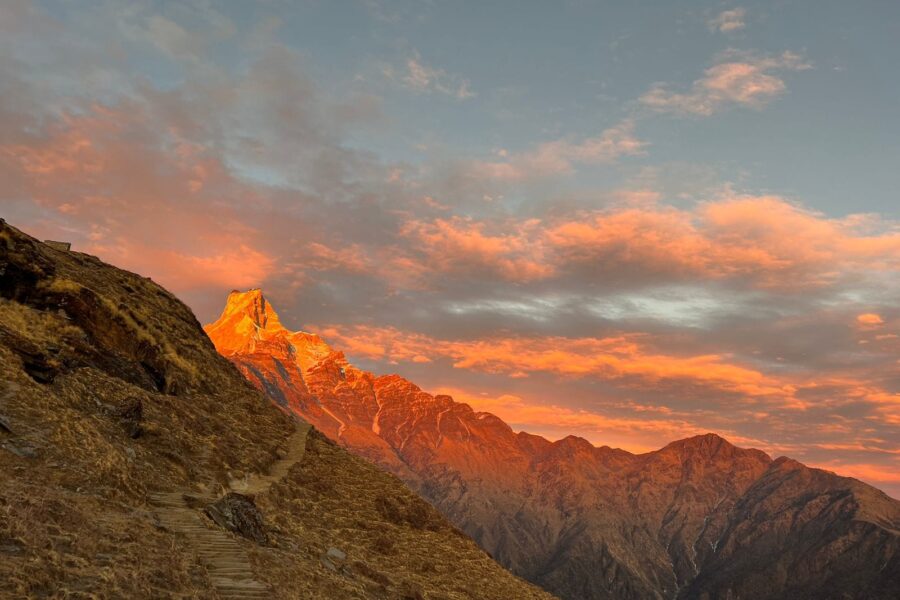
Leave a review